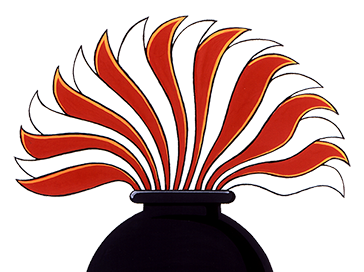The Winnipeg Grenadiers story parallels that of the Royal Rifles, although their lineage dates from (a relatively recent!) 1910. Men of the regiment saw action in World War One, and between the wars became a machine gun battalion.
Like the Rifles, the Grenadiers had been assigned defensive duty on the outbreak of war with Germany in 1939. Not for them, though, were the icy fields of Newfoundland, but months of garrison duty in Jamaica and Bermuda.
Recalled to Canada, the troops enjoyed a short leave period and filled their ranks with new recruits. Boarding trains and arriving in Vancouver on October 27th, they joined the Royal Rifles of Canada on board Awatea, marching ashore in Hong Kong on November 16th, 1941.
Once the Japanese invaded the Grenadiers, along with the Rifles, were assigned to the defence of the Island itself. A week after attacking the mainland, the Japanese drove the surviving defenders onto the Island. There, a new defensive plan was put into place.
Two brigades were established, East and West. The East Brigade, which included the Royal Rifles, Rajputs, and part of the Middlesex battalion, was commanded by Brigadier Wallis. The dividing line was the Wong Nai Chong Gap, which ran north to south. Commanding the West Brigade was Canadian Brigadier Lawson. Under his control were the Grenadiers, the Royal Scots, the Punjabis, and the balance of the Middlesex Regiment.
They didn’t have long to wait.





Most Canadians have forgotten these events and the cost in lives. BZ